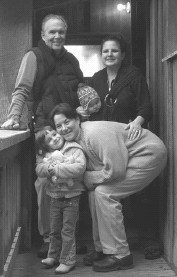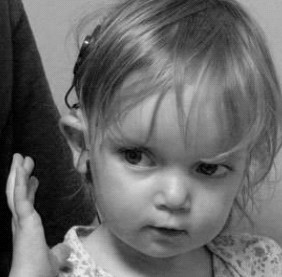 By Lisa Walshe
By Lisa Walshe
Raising babies and small children is hard work. Physically, there is a lack of sleep and just the constancy of keeping up with toddlers. Apart from times of illness, I enjoyed the experience and found it relatively stress-free. All I had to do was go with the flow.
The challenge began when I had to take my son, Guy, to school.
The Problem with School
Guy was bright, well-behaved, and a delight to be around, but this was a time of great sadness for him as he found out that other five-year-olds did not believe in the same things he did. As he grew older, this feeling of being disappointed in the kindness of others continued. He was extremely trusting and honest, so he thought others would be in return. I remember in the sixth grade, he told me that he had learned to pretend to be “normal,” to not care about others as much.
A Different Kind of Education
After living in an apartment in Hong Kong for five years, we moved onto a boat for six months. During that time, we found great happiness in not having to go to school and be with others. The marina we lived in was out of Hong Kong, and it was like being in another world. Guy would spend hours studying fish and sea creatures, learning things from the local boat crews. Both Guy and his brother Dean would entertain themselves with creating things from paper, blue tack, and other random items they had available to them. They were never bored! When my husband was home, he taught our sons boat-related skills, such as how to tie knots and fix things.
Loving Each Uniquely as They Grew
Guy and Dean showed great interest in the arts growing up, both having been into music, drama, and the fine arts. From an early age, it was evident that they would pursue careers in a creative space. Today, they both work in the design and production of computer games. Although they share many passions, they have always done their own thing. It was obvious they were very different from the beginning, and my husband and I have always tried to respect those differences.
I do not think there is anything that can prepare a parent for the teenage years. It is always going to be hard. I never tried to be their friend, and Guy once told me, as a young adult, that he was grateful for that I had cared enough to say “no!” That is not to say that he liked it at the time, or that we did not have many arguments. Guy always needed to see the justice in any situation, and he felt everything more intensely than most.
Guy was much more concerned with fitting in, and Dean seemed not to care. I think Dean had learned so much from watching Guy cope with adolescence that there were many experiences he just did not have to go through. Dean decided, at 12 years old, that school was too much of a social circus, and he chose to homeschool. He spent his time attending an adult art school, while pursuing his drama and personal sporting interests. He fitted his studies in around the things that mattered to him, and life was much easier for him.
Looking Through an Adult Child’s Eyes
When I asked my now-grown sons about the benefits of being raised AP, 21-year-old Dean said that the key to parenting is holding the baby a lot. And Guy, 26 years old, said that AP’s about developing a strong emotional bond so that the parents know their children well enough to know who they are as individuals, and then using that to guide them in developing into their own individual personalities, likes, and dislikes.
All I do know for sure is that I do not regret a moment of the time I spent mothering, and my advice to all is to enjoy each day and to just do what feels right. Looking now at Guy and Dean, I am pleased that they seem so emotionally secure. They are successful, sensitive, independent, and extremely honest young men. I’d like to think that their start to life, in the way I parented them as babies and young children, played a part in helping them become who they are today.
As he grew older, this feeling of being disappointed in the kindness of others continued. He was extremely trusting and honest, so he thought others would be in return.
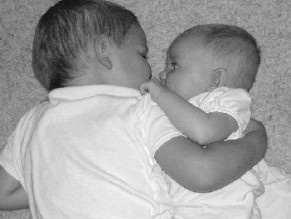
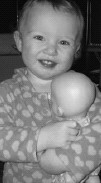
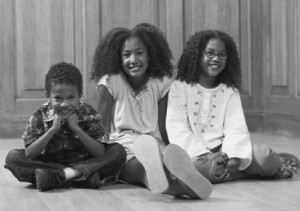 One year, two years, five years, ten years – just what is the ideal spacing between siblings?
One year, two years, five years, ten years – just what is the ideal spacing between siblings?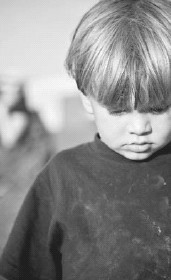 The typical scenario of a young married couple adopting an infant from birth has changed dramatically and has been redefined. Historically, a traditional adoption was defined as a healthy infant placed with an infertile, middle-class white couple.
The typical scenario of a young married couple adopting an infant from birth has changed dramatically and has been redefined. Historically, a traditional adoption was defined as a healthy infant placed with an infertile, middle-class white couple.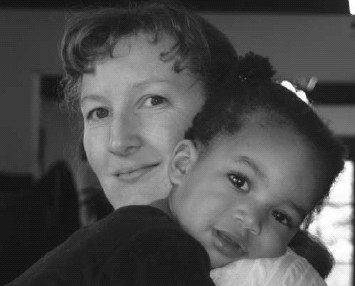
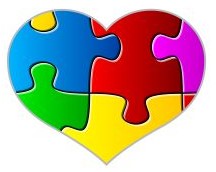 The Sturgis (Mich.) Journal has published an article, “Ideology Gives Way to Nurturing for Adoptive Parents,” on November 26, 2008, that features a couple who have fully embraced Attachment Parenting during their last 36 years of foster parenting.
The Sturgis (Mich.) Journal has published an article, “Ideology Gives Way to Nurturing for Adoptive Parents,” on November 26, 2008, that features a couple who have fully embraced Attachment Parenting during their last 36 years of foster parenting.